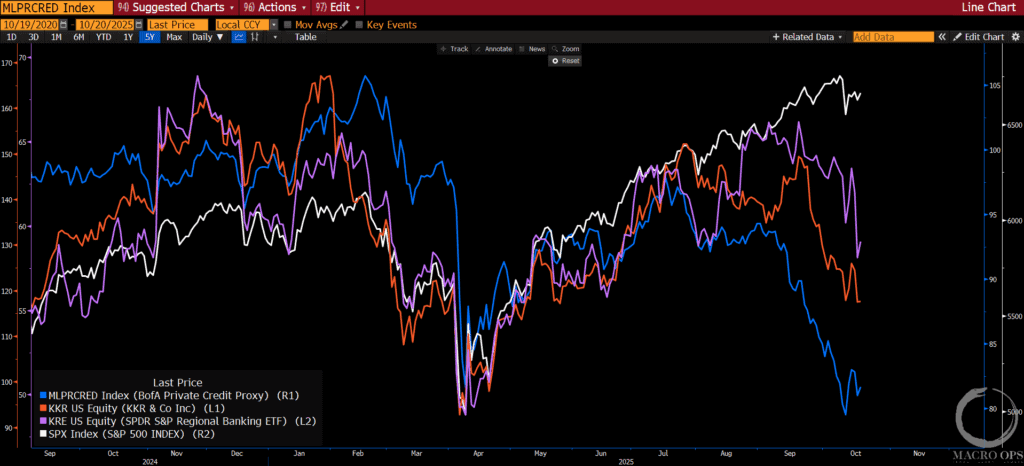Today we’ll measure the current risk premium in the market. We’ll take a look at risk premium spreads and see how much longer this bull has to run.
Make sure you review this video that explains risk premium spreads before continuing:
When the Fed lowers interest rates, it affects the risk premium of every asset class. It lowers the return on bonds and widens the spread between safer assets like cash and bonds and riskier assets like stocks.
The larger spread means risk assets become more attractive relative to safe ones. And because of the lower return in safe assets, investors have to move out on the risk curve into riskier assets to maintain their returns. This causes riskier assets like stocks to get bid up, driving valuations higher. And when valuations increase, expected future returns go down.
Eventually risk premium spreads get pulled really tight together. Valuations get so high that expected returns in stocks almost equal cash… but with much higher volatility.
This happens during the late cycle phase of the short-term debt cycle. And by this point no one wants to hold stocks which is why we get bear markets as investors sell their stocks and allocate towards cash and bonds.
In the video above we’ll use GMO’s 7 year asset class real return forecast, the inverse of the CAPE minus the rate on 10-year bonds adjusted for inflation, and the rolling 5-year average annual return to equities relative to 2-year bonds to determine the current risk premium in the market.
Putting that information together we can see that we’re in the late cycle phase of this bull. But that phase lasts between 18 and 30 months. And we’re closer to the middle than the end. This puts the next bear market around 12-18 months from now.
Watch the video above for more!
And if you’re interested in learning more about risk premium spreads and our views on the current market, then check out the Macro Intelligence Report (MIR). Click here to get that report.







